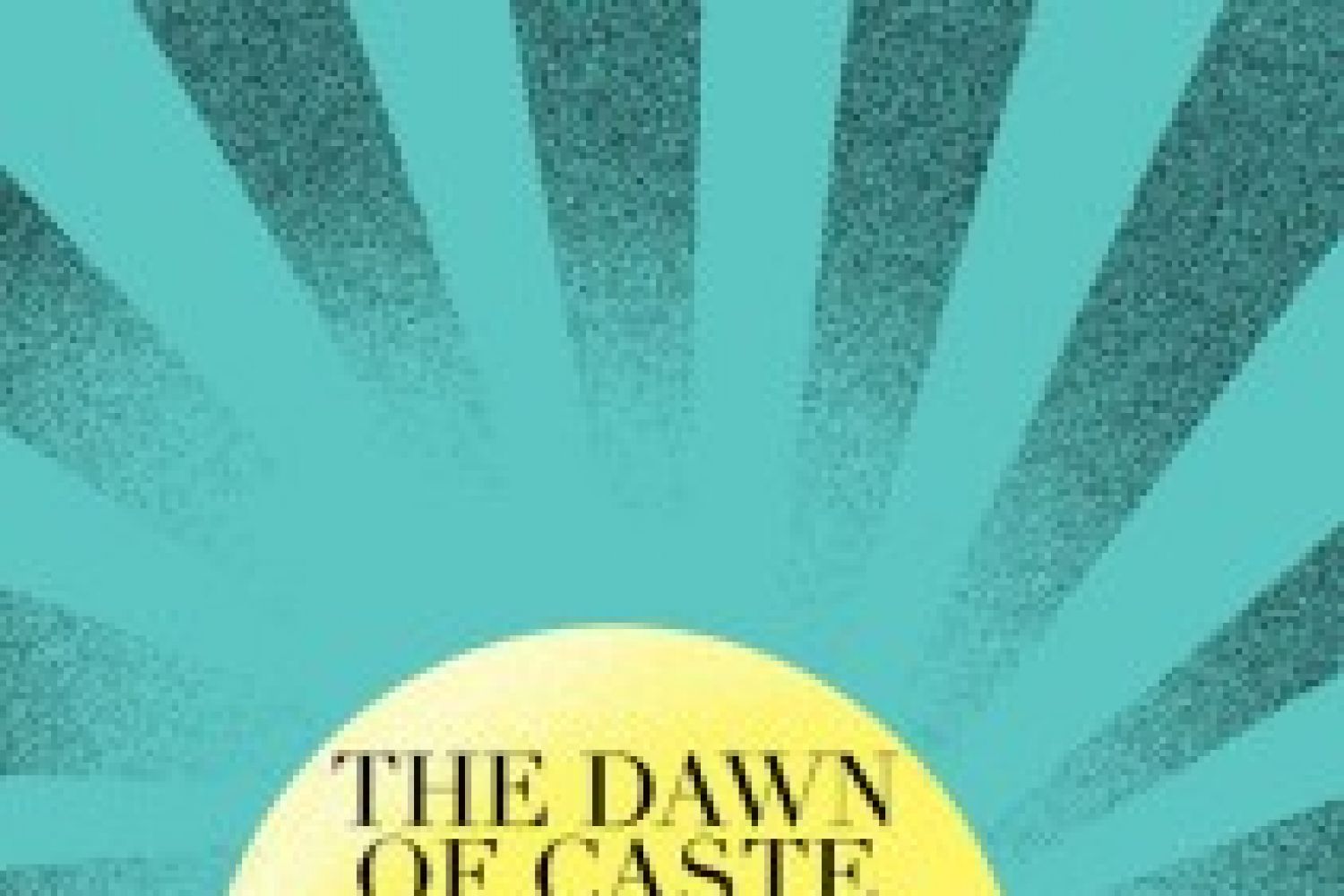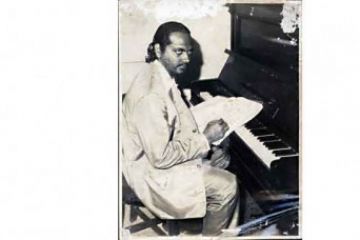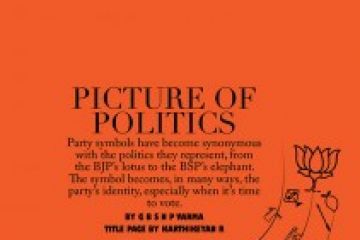
A K. Ramanujan,
better known as a poet, wrote a curious autobiographical story, “Annayya’s
Anthropology”, about a young man from Mysore going off to Chicago to study
anthropology. Annayya expects, like young men and women of several generations
over the last couple of centuries, western education to provide him with an
escape from the tyranny of social traditions. As he drowns himself in books of
western anthropology in a Chicago library, he chances upon a recent book on
Indian





